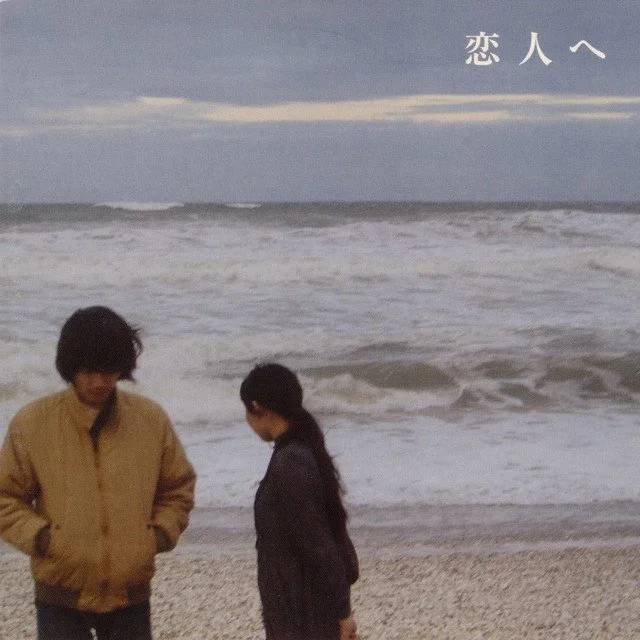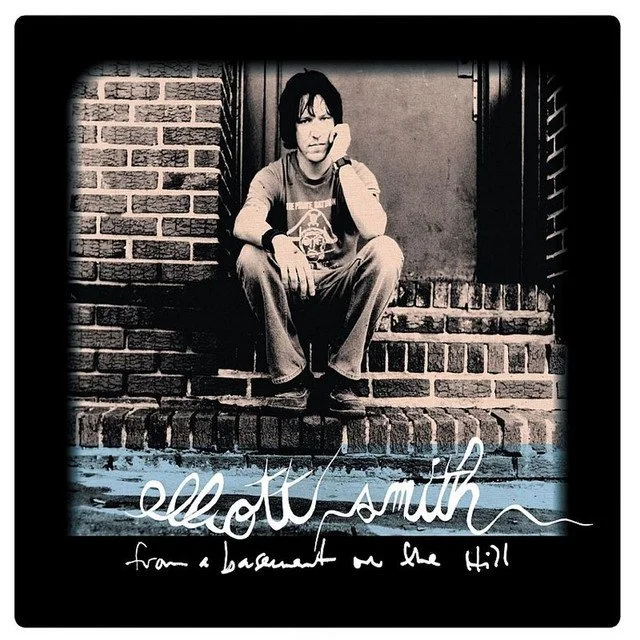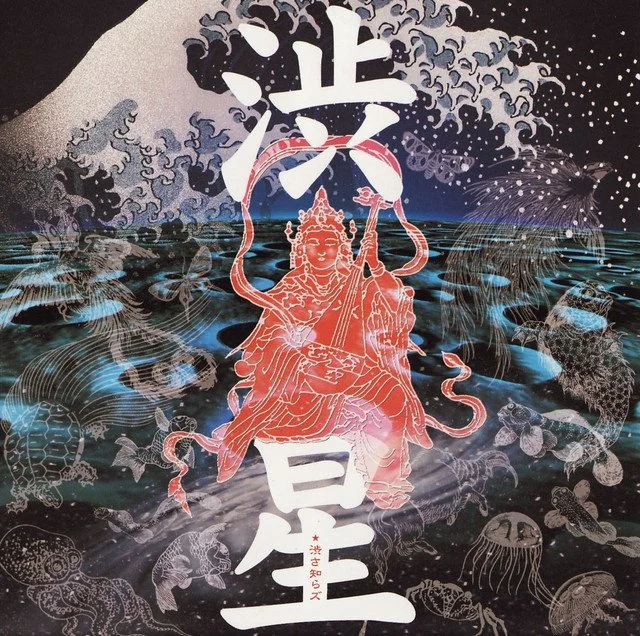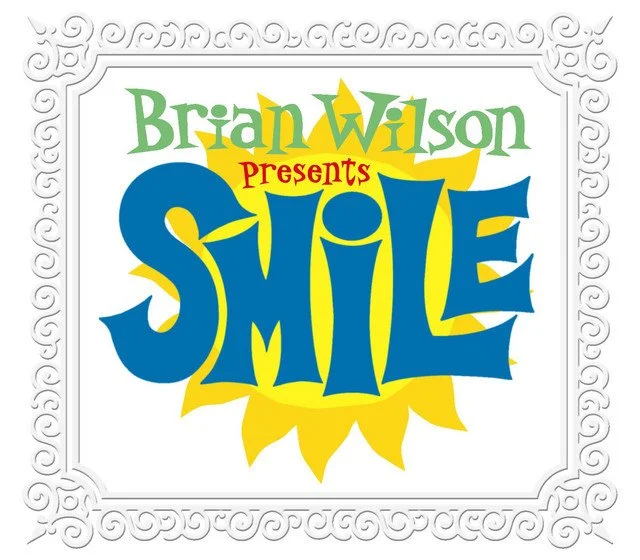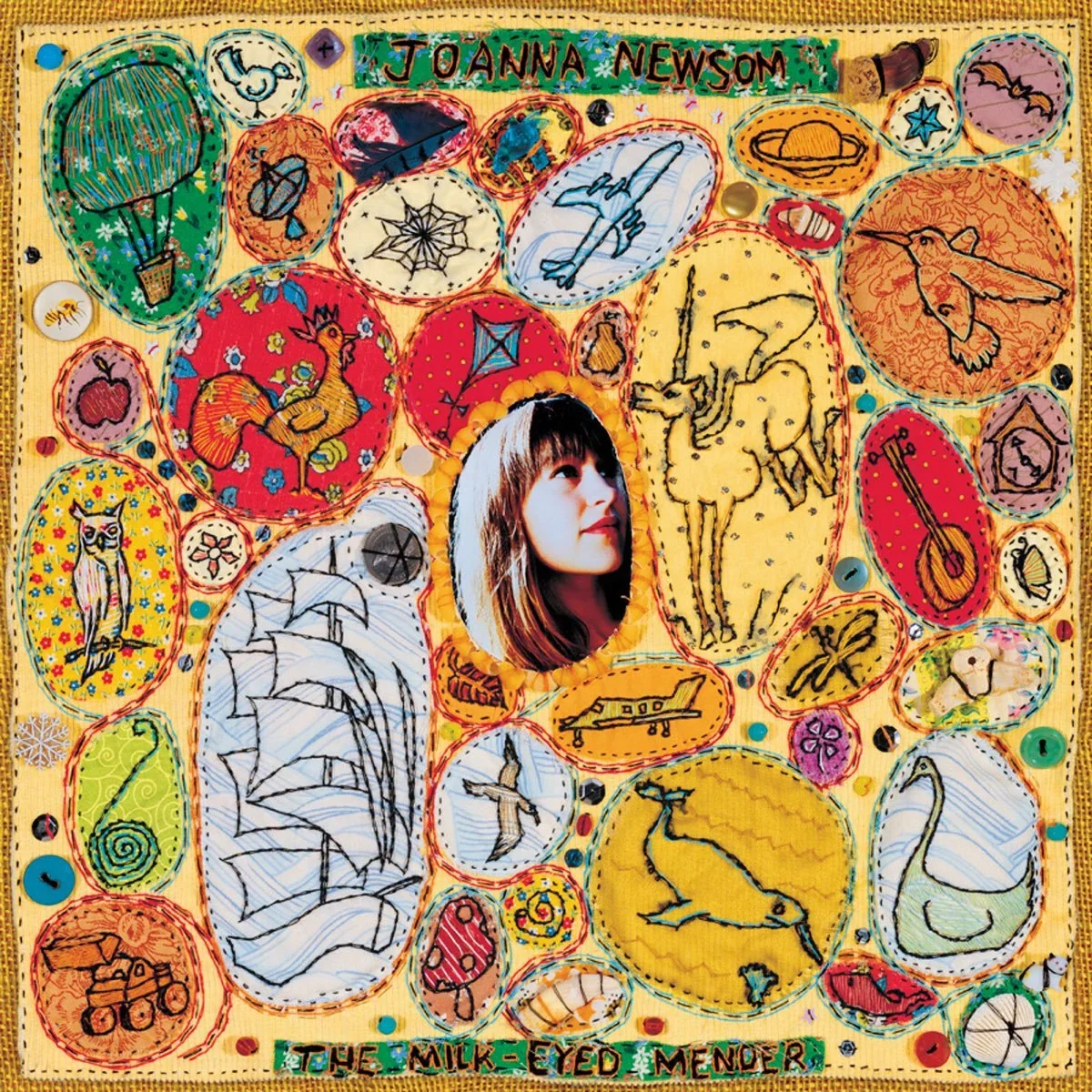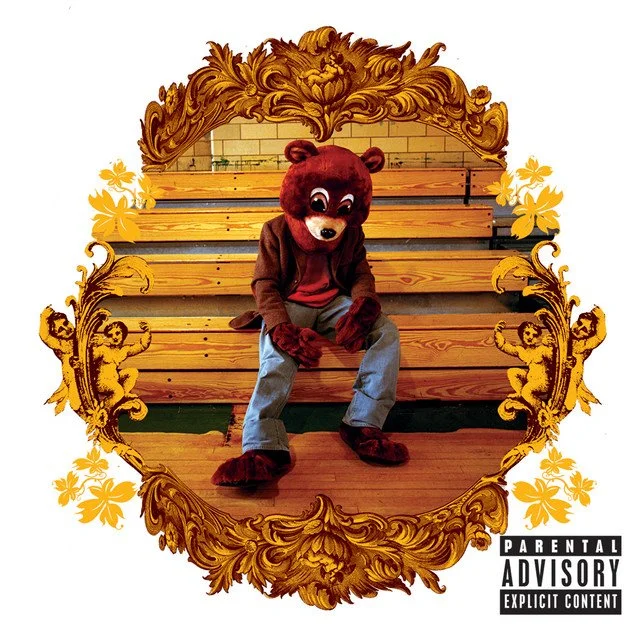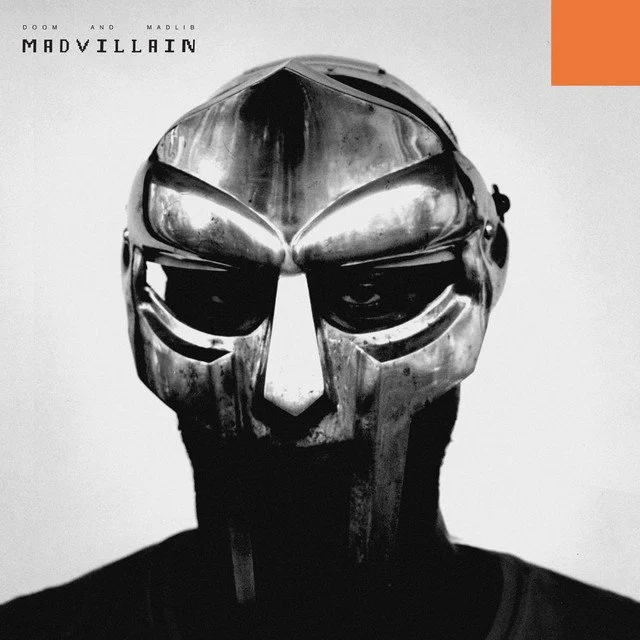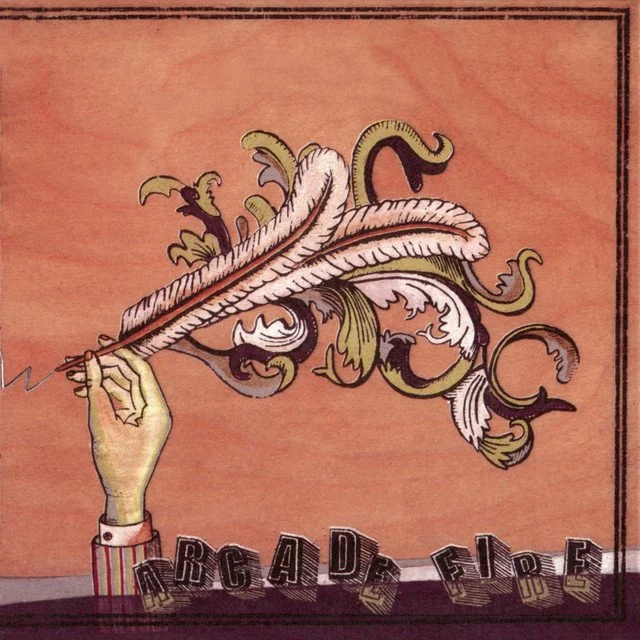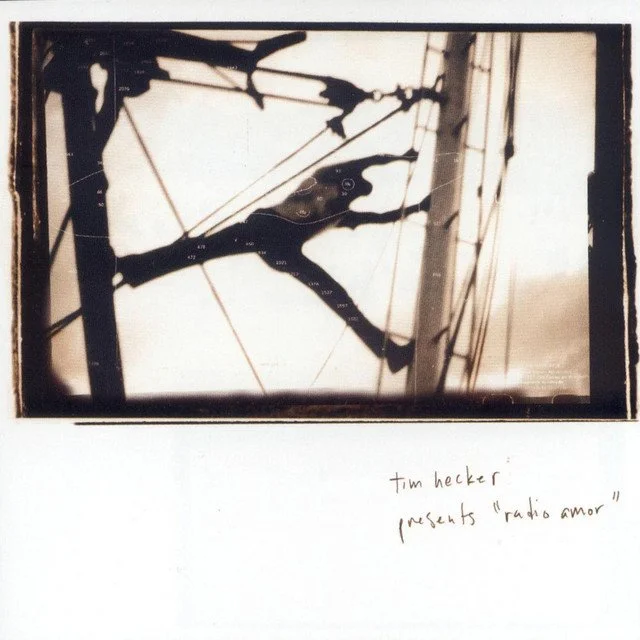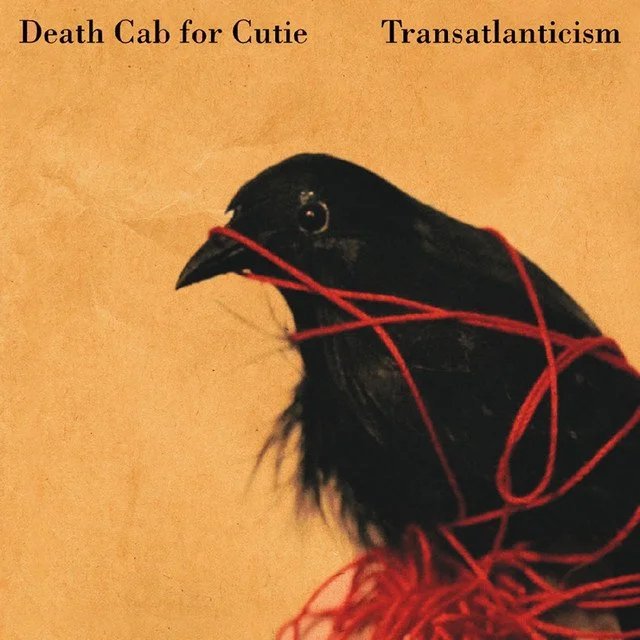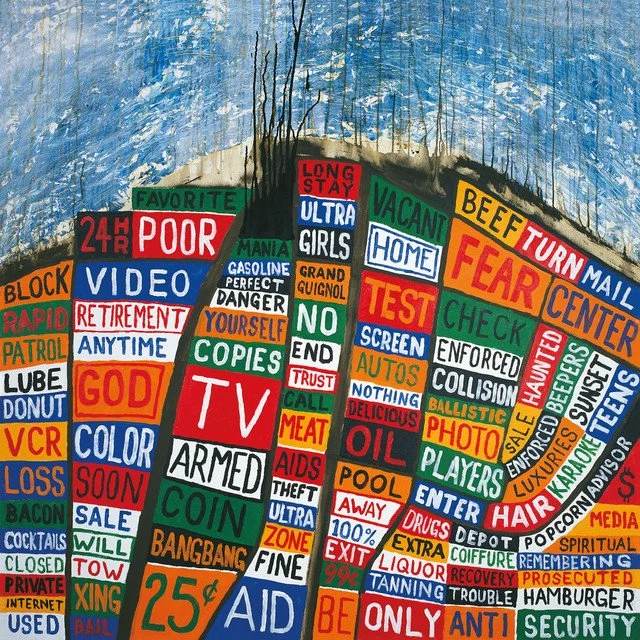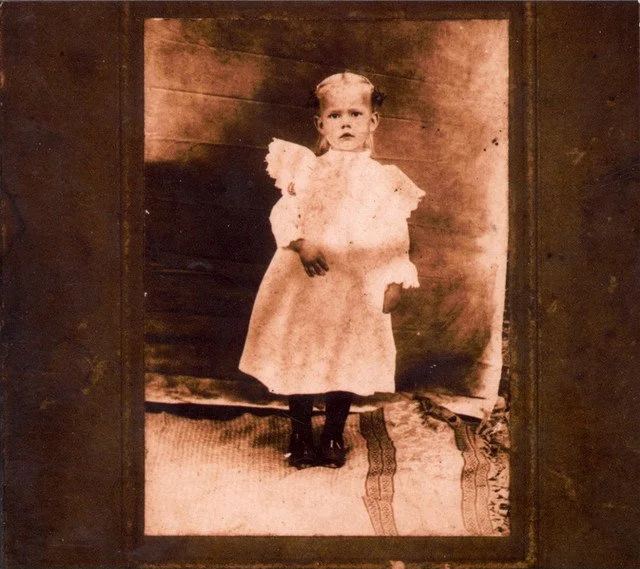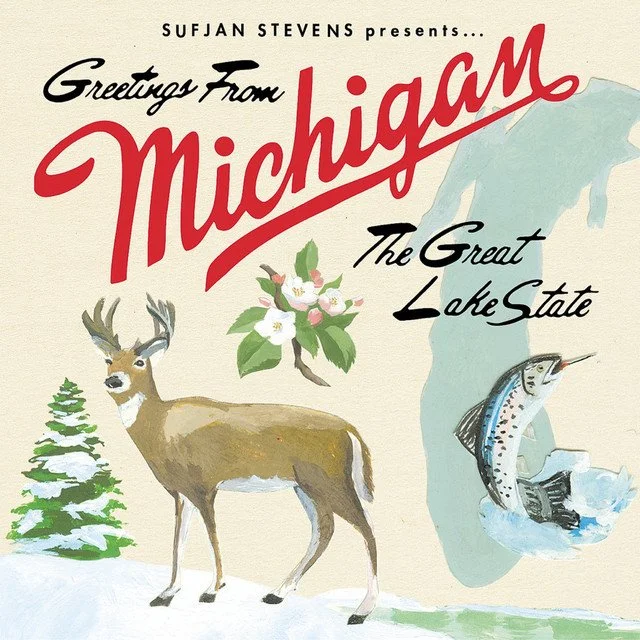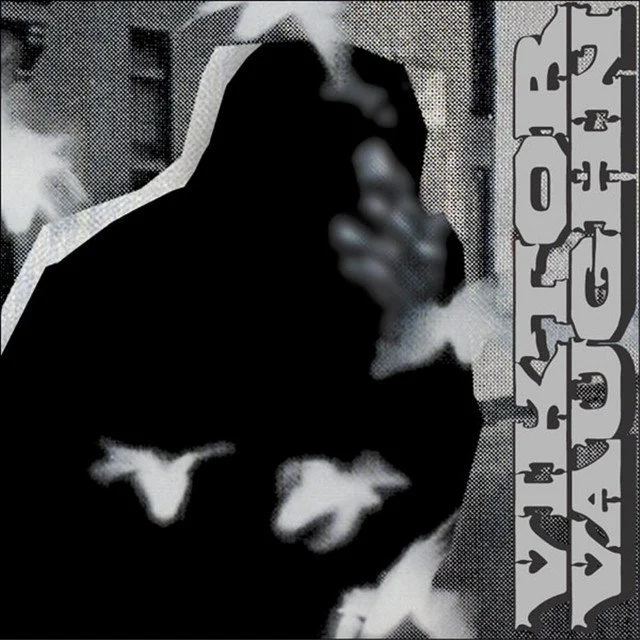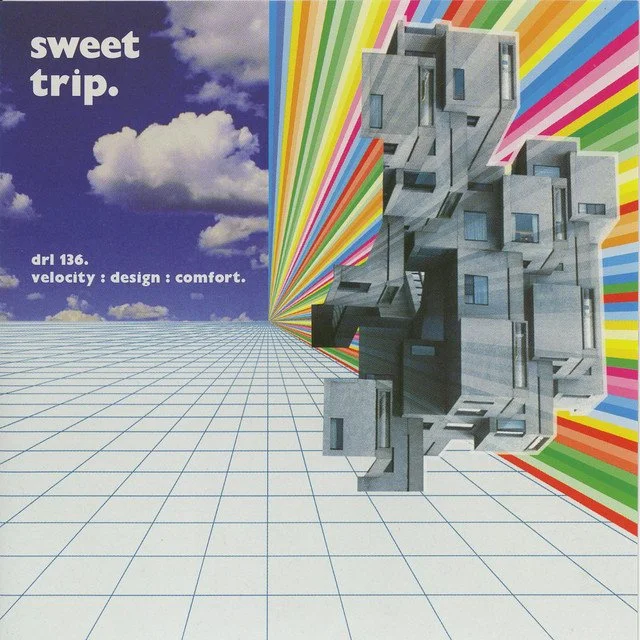2004 - Clive's Top Albums of Every Year Challenge
Over what will likely be the next few years I’m going to be ranking and reviewing the top 5 albums - plus a fair few extras - according to users on rateyourmusic.com (think IMDB for music) from every year from 1960 to the present. If you want to know more, I wrote an introduction to the ‘challenge’ here. You can also read all the other entries I’ve written so far by heading to the lovely index page here.
Besides being the halfway mark of the 2000s, 2004 also saw gay marriages beginning in Massachusetts, the first state to legalise them; George Bush re-elected president and iTunes sold its 200,000,000th song. But what are rateyourmusic.com’s top 5 albums from the year? Well:
#1 Madvillain - Madvillainy
#2 Kanye West - The College Dropout
#3 MF DOOM - MM FOOD
#4 Arcade Fire - Funeral
#5 Natural Snow Buildings - The Winter Ray
And here’s a nunch of intriguing albums I’m going to throw in the mix from further down the list:
#6 Shibusashirazu - Shibuboshi
#7 My Chemical Romance - Three Cheers for Sweet Revenge
#8 Lamp - For Lovers
#13 Elliott Smith - From a Basement on the Hill
#18 Joanna Newsom - The Milk-Eyed Mender
#22 Brian Wilson - Smile
#31 Sufjan Stevens - Seven Swans
Off we go…
12. For Lovers
Lamp
Lovers is a warm, nostalgic trip through 60s pop reverence, with echoes of The Beatles and The Beach Boys shimmering throughout its gentle melodies and lush harmonies. Even without understanding the lyrics, the melodic phrasing carries a clear emotional resonance — these songs feel like they’d be irresistibly catchy if you could sing along.
The production is beautifully crisp, every element placed with care. It’s an album that feels almost weightless at times, drifting along in a dreamy haze. That said, there are moments — particularly in the rhythm section — where the drums and bass lean into something a bit too squeaky-clean or kitsch, which slightly undercuts the more timeless aspects of the songwriting. Still, there’s something undeniably cosy about Lovers — it’s the kind of record that wraps itself around you like a soft, familiar blanket.
7/10
11. MM.. Food
MF DOOM
“Mm..Food is the fifth studio album by British-American rapper and producer MF Doom. The album peaked at number 17 on Billboard's Independent Albums chart. The title Mm..Food is an anagram of its performer’s name, "MF Doom".” - Wikipedia
MF DOOM’s MM..FOOD is a feast of language and rhythm, served with his trademark deadpan charm. His liquid-smooth cadence makes even the densest rhyme schemes sound effortless, flowing across beats that are as odd and colourful as the man behind the mask. The production is a patchwork of cartoon snippets, dusty soul loops, and left-field samples that somehow coalesce into something rich and nourishing. What makes the record truly remarkable is its literacy: DOOM is playful, sharp, and endlessly referential, packing each track with wordplay that rewards close listening but never loses its bounce. Even two decades on, it still feels startlingly fresh, a reminder that hip-hop can be both cerebral and fun, complex and inviting. MM..FOOD isn’t just an album — it’s a banquet of ideas, plated up with style and wit held back only by a few too many interludes and the fact that DOOM’s effortless delivery is at times so deadpan, it doesn’t hold me for the album’s duration.
8/10
10. Three Cheers for Sweet Revenge
My Chemical Romance
“Three Cheers for Sweet Revenge (often shortened to Three Cheers or Revenge) is the second studio album by American rock band My Chemical Romance. With this album, the band produced a more polished sound than that of their 2002 debut I Brought You My Bullets, You Brought Me Your Love.
The album received positive reviews from critics and was a commercial success for both the band and the Reprise label. It was certified platinum by the Recording Industry Association of America (RIAA) less than a year after its release.” - Wikipedia
Pulverising production and relentless pace make Three Cheers for Sweet Revenge perhaps the most lively record of its year. Gerard Way’s vocals are theatric and just unhinged enough to perfectly encapsulate emo’s 2004 peak, balancing angst with a flair for the dramatic. Although released before I went to university, it’s the record that most vividly takes me back there. Partly that’s the memory of countless nights at dingy alternative clubs where songs like these would tear through the smoke and sweat, but mostly it’s the way MCR managed to bottle the simultaneous excitement and anxiety of that time of life.
The album hardly ever lets up, sometimes to its detriment — it might be stronger trimmed by a couple of tracks. But even so, it’s a cacophony of memorable, powerful melodies, played and sung with such theatrical conviction that the excess feels part of its charm. Few records manage to be so melodramatic and so affecting all at once, and Three Cheers for Sweet Revenge still earns its place as one of emo’s defining statements.
8.5/10
9. From a Basement on the Hill
Elliott Smith
“From a Basement on the Hill is the sixth and final studio album by the American singer-songwriter Elliott Smith. Recorded from 2000 to 2003, and faced with multiple delays due to Smith's personal problems that resulted in his death, it was released posthumously.
The album was initially planned as a double album, and was incomplete at the time of Smith's death. Many of the songs Smith intended for the album remained unfinished, in some cases lacking only vocals. Smith's family hired his former producer Rob Schnapf and ex-girlfriend Joanna Bolme to sort through and finish the batch of over thirty songs that were recorded for the album, although the estate retained final decision on which tracks to include.” - Wikipedia
From a Basement on the Hill is the most unguarded Elliott Smith ever sounded on record. The heavier, grungier textures push against his soft, plaintive voice, creating a tension that feels both unsettling and magnetic. Where earlier albums were polished into something delicate, here the edges are rough, jagged, and often deliberately left exposed. It gives the impression of hearing songs still alive in his head, unfinished in the best sense — buzzing with possibility rather than smoothed into certainty.
What makes it remarkable is how the storms make the quieter moments glow. The acoustic tracks don’t just offer respite, they feel warmer, more intimate, because of the chaos surrounding them.
It’s also the record that most fully embraces his contradictions — gentle and ferocious, melodic and discordant, hopeful and despairing. Listening feels like moving through someone’s inner weather system, where calm skies can break into thunder without warning. That makes it my favourite of his albums: less tamed, more vulnerable, and ultimately more human. It’s not perfect, it was never going to be with it being incomplete, but it’s beautiful.
8.5/10
8. Shibuboshi
Shibisashirazu Orchestra
I’m not sure what exactly is being celebrated by the Japanese jazz orchestra here—a new king, a child’s birth, a marriage, or maybe just another ordinary day. Whatever the occasion, Shibisashirazu are throwing one hell of a party on Shibuboshi. Every trumpet honks in delight, the drums pit, patter, and groove with easy contentment, while the bass struts with a playful spring in its step. The whole record is a joyous cacophony, stitched together from a jumble of influences yet somehow completely its own. This is jazz at its most infectious, its most energetic, its most miraculous.
9/10
7. Seven Swans
Sufjan Stevens
“Seven Swans is the fourth studio album by Sufjan Stevens. It features songs about Christian spiritual themes, figures such as Abraham, and Christ's Transfiguration. The songs are primarily "lush acoustic compositions" with Stevens' banjo.” - Wikipedia
Religious themes run through Seven Swans, yet they’re never overbearing. Even as someone with no faith, I find its meditative, almost prayer-like atmosphere deeply moving. The stripped-back arrangements give Sufjan’s already intimate voice even more closeness, the quiet instrumentals breathing alongside him.
What makes the record resonate isn’t its theology but its artistry — graceful melodies, vulnerable performances, and songwriting that feels quietly timeless. In its best moments, it captures a sense of peace and certainty that faith can give, even to a listener who doesn’t share it. “In the Devil’s Territory” is a particular highlight, its echoed strums like bottled peace of mind, bouncing back for a hug.
9/10
6. Smile
Brian Wilson
Brian Wilson’s Smile is as much a resurrection as it is a release. Originally conceived in the mid-60s as the follow-up to Pet Sounds, the project collapsed under the weight of expectation, studio excess, and Wilson’s own struggles, leaving behind only fragments that became the stuff of legend among Beach Boys fans. Decades later, Wilson returned to the material, reworking it with his live band into the cohesive, finished piece we finally received in 2004.
Listening to Smile, it really does feel like the return of the Beach Boys. It’s clear much of the material was written in their orbit, even if what we hear here is re-recorded with Wilson’s solo band. The album is structured almost like a classical suite, in three distinct movements, which gives it an elegant sense of flow and artistic shape.
The melodies are, as expected from Wilson, simply gorgeous—radiant, playful, dipped in melancholy. What’s striking is how natural it all sounds: the arrangements and production place you firmly in that late-60s world, to the point where it could be mistaken for an album that followed immediately after Pet Sounds. For some listeners that might feel like nostalgia bordering on stasis, but to me it’s a triumph. The timelessness of the sound makes Smile feel like a lost classic finally unearthed.
It captures both the innocence and ambition of Wilson’s original vision while also serving as a moving reminder of what was almost lost to history. The album is impossible to listen to without—wait for it—a smile.
9/10
5. The Milk-Eyed Mender
Joanna Newsom
Every night my son picks an album from those I’ve downloaded for this challenge as the song to go to sleep to with me. Usually it’s something to do with the cover—Kid A for example, because it had “mountains.” The Milk-Eyed Mender has become bedtime listening every night since he spotted the aeroplanes on the cover. The boy loves aeroplanes. I now think this album will forever remind me of this precious time, lying beside him as he talked about his day and drifted off in my arms (or armpit as the case often is…). Somehow Joanna Newsom has been a perfect accompaniment to that.
On The Milk-Eyed Mender, Newsom announces herself with a debut that feels utterly singular. Her voice is often called divisive, but it’s precisely its sharp, quivering presence that makes these songs impossible to ignore. There’s a command here—of language, melody, and mood—that recalls Dylan’s Freewheelin’, though her lyrical world is far stranger and more enchanted. Verses land with the memorability of choruses, packed with vivid and sometimes abstract imagery that lingers like half-remembered dreams.
The sparse, homespun production deepens the intimacy, allowing her harp and piano to frame words that flicker like fire—fragile one moment, incandescent the next. The result is a record that feels both rooted in folk tradition and yet untethered from any particular time. It’s timeless, idiosyncratic, and for those willing to embrace its eccentricities, a revelation.
It’s odd what can lead to albums defining times of our lives. Sometimes it’s as predictable as a release date lining up with a life event. Sometimes, as I’ve found, it’s as unpredictable as a couple of aeroplanes hidden on a cover.
9/10
4. The College Dropout
Kanye West
I’m not going to go into Kanye West’s more recent years and the controversies that have followed him—it’s enough to say that I don’t align with his current outlook. What I’m interested in here is the art itself, and The College Dropout deserves to be judged on its own terms. This record, arriving in 2004, feels like a breath of fresh air in the hip-hop landscape of its time. Where much of mainstream rap leaned heavily into bravado, hyper-masculinity, and hardened seriousness, Kanye carved out something different: an album that was soulful, playful, and surprisingly vulnerable.
Listening to The College Dropout is like being handed an ice cream cone on a hot day—sweet, refreshing, and delightfully indulgent. The production is bursting with colour, packed with warm, gospel-infused samples and beats that bounce around like a pile of multi-coloured bouncy balls spilling across the floor. It has an energy that never quite sits still, yet always feels meticulously crafted. And over it, Kanye raps with a delivery that’s equal parts smooth and slightly nerdy, brimming with confidence but also carrying a sense of self-awareness and charm.
The features only add to the richness of the album—guests like Jay-Z, Mos Def, and Talib Kweli broaden the palette without overshadowing the core vision. From the playful skits to the personal reflections on family, education, and ambition, there’s a real sense of humanity that anchors the record. Kanye manages to balance sincerity and wit in a way that makes the album endlessly replayable: one moment sharp social commentary, the next a grin-inducing hook or joke.
What’s most impressive is how The College Dropout still feels fresh today. Every listen reveals something new—whether it’s a hidden detail in the production, a clever turn of phrase, or simply a shift in mood that resonates differently with where you are in life. It’s infectious from start to finish, and no matter how many times I return to it, the album puts me in a good mood. More than just a debut, it’s the arrival of an artist who redefined what hip-hop could sound like, and it remains, for me, a genuine masterpiece.
9.5/10
3. Madvillainy
Madvillain
“Madvillainy is the only studio album by American hip-hop duo Madvillain, consisting of British-American rapper MF Doom and American record producer Madlib.
Madlib created most of the instrumentals during a trip to Brazil in his hotel room using minimal amounts of equipment: a Boss SP-303 sampler, a turntable, and a tape deck. Fourteen months before the album was released, an unfinished demo version was stolen and leaked onto the internet. Frustrated, the duo stopped working on the album and returned to it only after they had released other solo projects.
Madvillainy received widespread critical acclaim for Madlib's production and MF Doom's lyricism, and is regarded as Doom's magnum opus. It has since been widely regarded as one of the greatest hip-hop albums of all time, as well as one of the greatest albums of all time in general, being ranked in various publications' lists of all-time greatest albums.” - Wikipedia
Madvillainy isn’t an album so much as a labyrinth. MF Doom and Madlib never seem interested in delivering songs in the traditional sense; instead, they build a shifting collage where beats slide in and out, verses cut off mid-thought, and samples appear like apparitions. It feels like flipping through a secret notebook, fragments of brilliance tumbling onto the page.
The production is dusty, fire-lit, and playful, with Madlib pulling loops and textures from every corner of the record bin. Doom, with his liquid cadence and dense, literate wordplay, glides over it like he’s annotating the beat in real time. It’s often funny, often surreal, and always hypnotic.
What’s striking is how the record thrives on incompleteness. Many tracks clock in under two minutes, sketches rather than full statements, but together they form a masterful tapestry, glowing brighter than an industrial strength bulb at the bottom of a well.
And through all its fragmented genius, Madvillainy never stops moving. Even when it dissolves into strange corners, I’m always bopping, always caught in its gravitational pull. It’s a hip-hop landmark, not because it’s polished, but because it dares to be unfinished and still feels complete.
9.5/10
2. Funeral
Arcade Fire
“Funeral is the debut studio album by Canadian indie rock band Arcade Fire. Its lyrics draw upon themes of death, change, and the loss of childhood innocence. It received widespread critical acclaim and topped many year-end and decade-end lists, now often considered one of the greatest albums of all time.” - Wikipedia
Of all the albums from this year, Funeral is the one most deeply etched into memory. Its relentless bass-drum marches, soaring dramatic melodies, and sudden shifts in power make it feel less like a collection of songs and more like a single, urgent statement. Born out of grief—several band members lost family during its creation—it resonates as a communal shout into the void, a work steeped in both mourning and catharsis.
What makes it remarkable is how it transforms sorrow into something both fragile and defiant. There’s a melancholy acceptance in its quieter moments, yet always the sense of life pushing back against the darkness. The choruses bloom with a sense of shared survival, as if everyone is holding one another up. It feels at once raw and meticulously crafted, intensely personal yet universal.
Even now, it’s hard to find fault in it. Funeral captures the paradox of grief: the ache of loss and the strange, almost life-affirming energy that comes from knowing your time will come too, and you’d better live while you can.
10/10
1. Winter Ray
Natural Snow Buildings
Natural Snow Buildings are one of those cult projects that feel like they’ve been quietly working in a parallel dimension to the rest of music. The French duo—Mehdi Ameziane and Solange Gularte—have been releasing sprawling, often homemade records since the late ’90s, mixing elements of drone, folk, ambient, and noise into something that feels both personal and cosmically scaled. They’ve always thrived on excess, whether in length, in texture, or in atmosphere, and The Winter Ray might be their most audacious statement: a two-and-a-half-hour epic that stretches the boundaries of what an album can be.
At its core, The Winter Ray is less about songs in the traditional sense and more about landscapes. Across its length, the duo conjure images of collapsing governments, wars, and societal decay—not in any direct or literal way (other than the odd barely audible voiceover), but through sound alone. You get twinkling piano lines that could just as easily belong in a children’s lullaby, gently plucked guitar motifs that shimmer like fragile light, and endless, patient drones that feel like the earth itself humming under the weight of history. The pacing is deliberate: movements build with near-imperceptible slowness until they crest into tidal crescendos, only to ebb away into silences so delicate you almost hold your breath.
What makes The Winter Ray remarkable is that, on one hand, it’s perfectly possible to let it wash over you as background ambience—it has the patient, enveloping quality of music designed to blur into your environment. But give it your full attention, and it becomes a different beast altogether. Suddenly every shift in tone feels monumental; every drone note carries unbearable weight; every quiet passage feels loaded with tension. In that way, it functions almost like a mirror to the world outside: a reminder that chaos and beauty are often entwined, and that history unfolds not just in headlines but in long, quiet stretches of waiting.
Listening through all 180 minutes is less like playing an album and more like entering a space, one you can’t quite leave until the music releases you. And when it does—when the final notes fade and you remove your headphones—there’s a subtle disorientation, as though the everyday world has been tinted differently, as though you’ve been carrying the weight of centuries in sound.
The Winter Ray is not easy, nor is it meant to be. It demands patience, stillness, and trust. But if you’re willing to surrender to it, it’s an extraordinary journey—an unspoken history lesson, a meditation on society’s fragility, and a powerful testament to Natural Snow Buildings’ ability to create an entire universe out of drones, whispers, and silence.
10/10


